Preserving the integrity of your home demands a keen eye for potential water leaks that silently jeopardize its structure. Often concealed until reaching critical stages, these leaks can cause rot, mold, and necessitate substantial repairs. This comprehensive guide delves into various areas of your home susceptible to water infiltration, underscoring the significance of routine inspections to uphold your property’s structural well-being.
1. Windows:
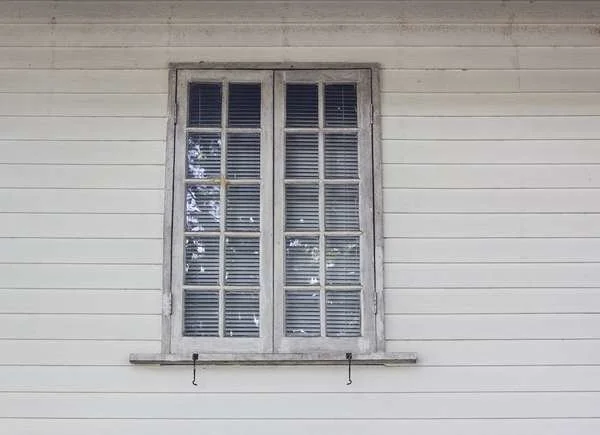
Windows stand as vulnerable entry points for water leaks, especially at the intersection of the window sash and jamb. Over time, imperceptible leaks can erode wall studs and framing, resulting in costly repairs.
2. Under the Siding:
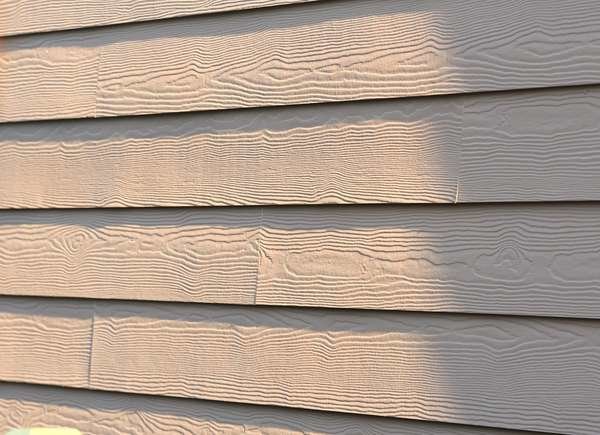
Water leaks commonly occur at siding corners, panel intersections, and window perimeters. Unsealed gaps permit water to infiltrate beneath the siding, causing concealed damage to plywood sheathing, only revealed during siding replacement.
3. Exterior Door Threshold:
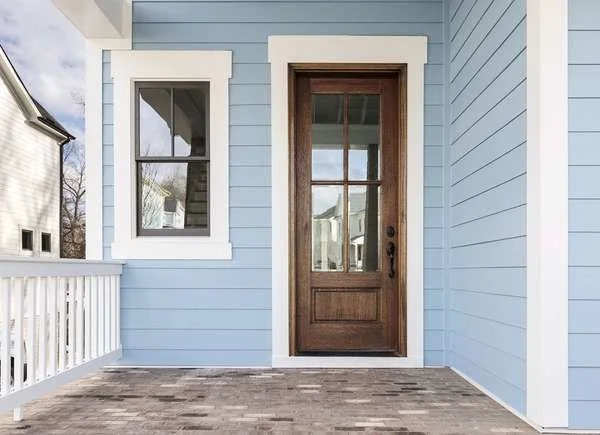
The wood beneath an exterior door’s metal threshold is prone to saturation during rainfall. Despite the use of treated wood, it may swell and become spongy over time, leading to unnoticed damage until the metal threshold shows signs of loosening.
4. Exterior Painted Windowsills:
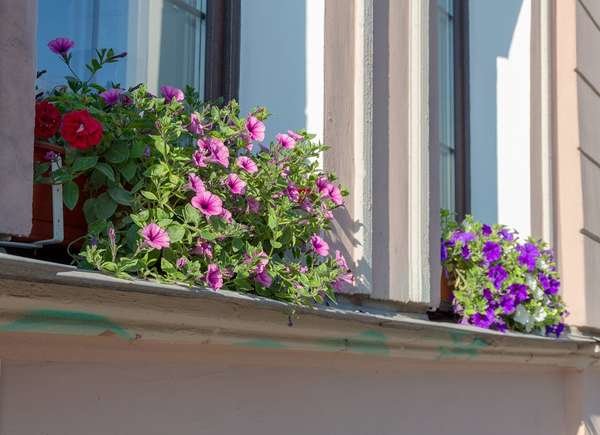
In older homes with painted windowsills, water damage is prevalent. Minute cracks in the paint can allow water to slowly deteriorate the wood, with potential damage remaining latent until a meticulous inspection is conducted.
5. Beneath the Dishwasher:
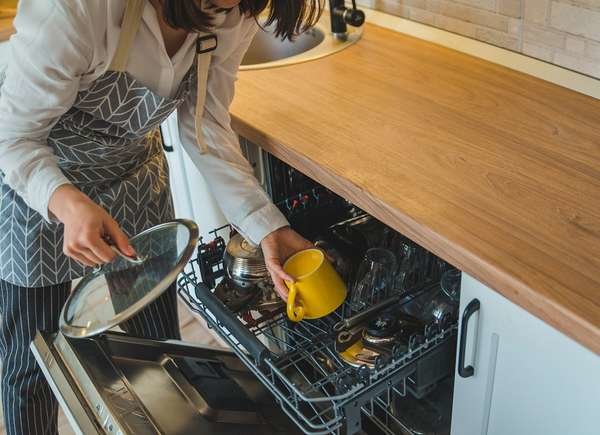
Though sealed, dishwashers may develop leaks in water supply and drain lines. Concealed beneath the appliance, a gradual leak can inflict severe damage on the subfloor, only uncovered during dishwasher replacement.
6. Next to the Tub or Shower:
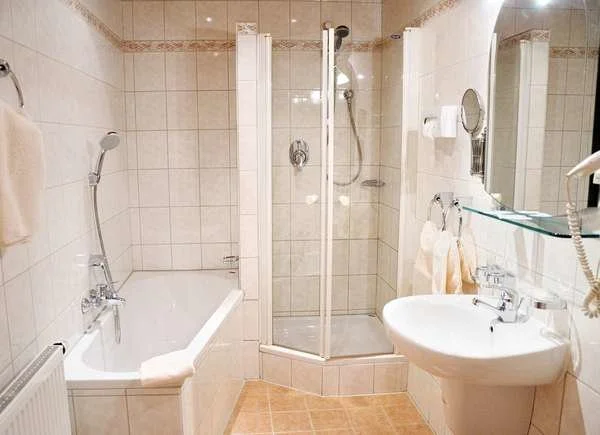
Water lines within walls pose a continual risk of leaks, even with modern plumbing techniques. Unnoticed leaks may lead to subfloor rot, evident only when water pools beside a fixture or the floor becomes spongy.
7. Under a Wobbly Toilet:

The wax ring between a toilet’s base and the flange may leak over time, causing subfloor damage. A wobbly toilet may signify deteriorating floor support, the initial visual cue of a concealed issue.
8. Under the Sink:
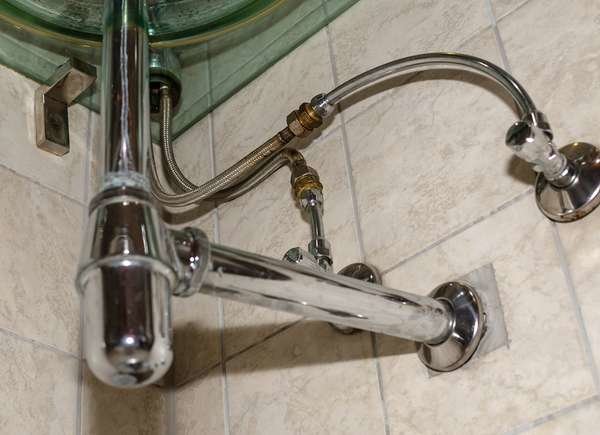
Slow drips beneath kitchen or bathroom sinks often escape notice until a musty odor raises alarms. The dim space beneath sinks is conducive to mold growth, emphasizing the necessity of regular inspections.
9. Behind a Bathtub Surround:
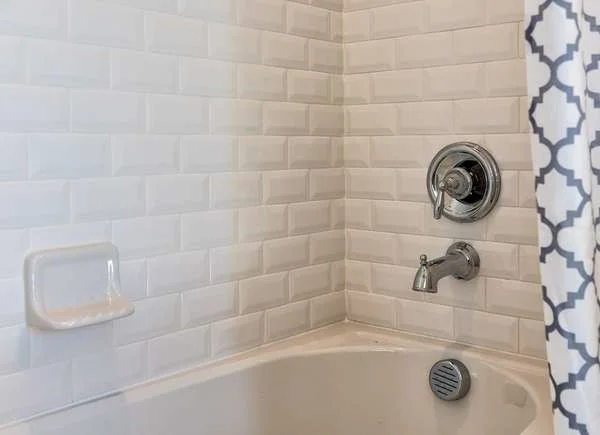
Caulk failure between a bathtub and its surround can permit water to damage wood studs and framing. Monitoring caulk condition is imperative to thwart concealed leaks.
10. Behind Drywall After Flooding:

Floodwaters can instigate mold growth within stud spaces, necessitating the replacement of all lower-level drywall, even seemingly undamaged sections. Electrical wiring may also face compromise.
11. Around a Chimney:
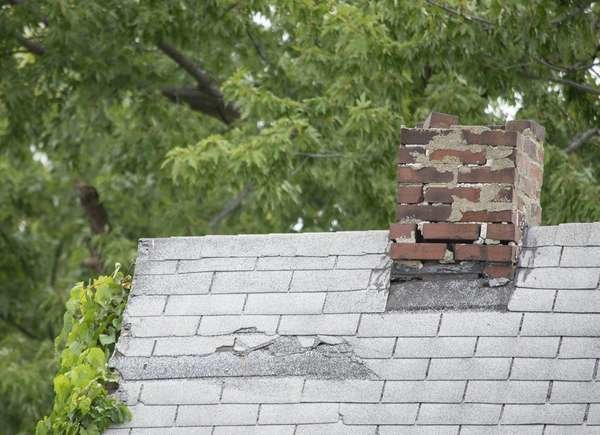
Roof penetrations for chimneys, vents, and exhaust fans can allow water seepage, damaging the roof deck without immediate notice. Annual professional roof inspections are vital to identify and rectify problems around these penetrations.
12. Inside an HVAC Unit:
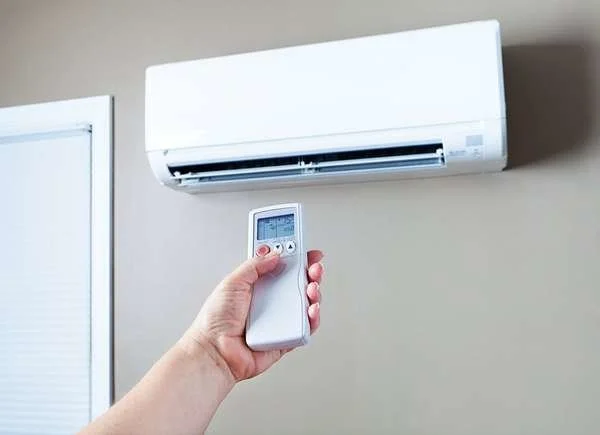
The indoor segment of an HVAC unit features a shallow pan collecting condensed water. Clogs in the drainage line can lead to mold development inside the unit, necessitating periodic checks to prevent these hidden issues.
13. Behind an Exterior Faucet:
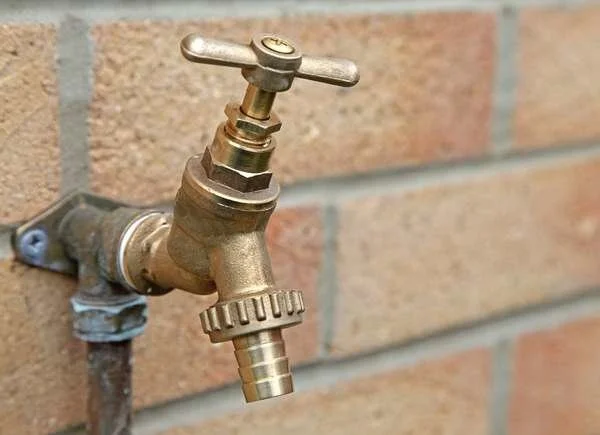
Exterior faucets are prone to hidden leaks, especially where they connect to a water pipe beneath the siding. Undetected leaks can cause substantial damage to sheathing and framing before discovery.
14. Behind the Washing Machine:
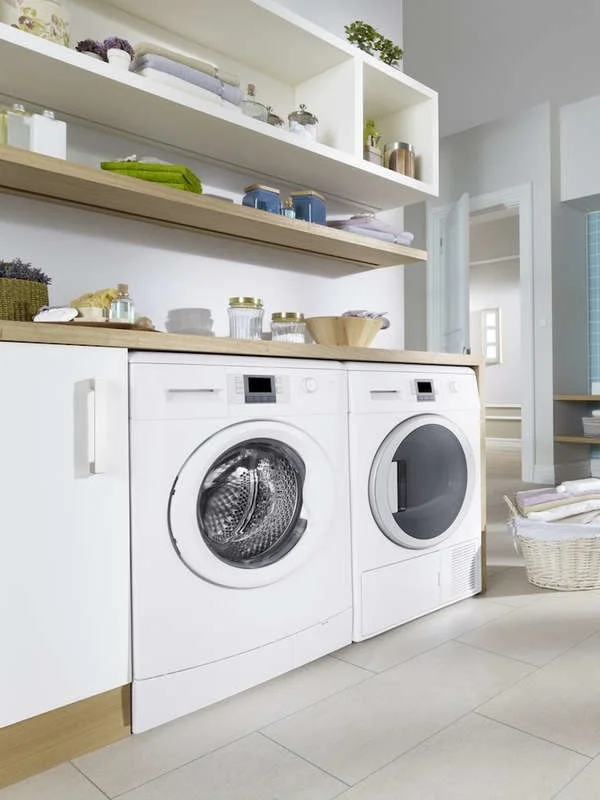
New washing machine installations may lead to leaks if hoses aren’t snugly attached or rubber washers fail. Hidden behind the machine, a slow leak can saturate drywall unnoticed, leading to destruction and mold growth.
15. Below a Window Air Conditioner:
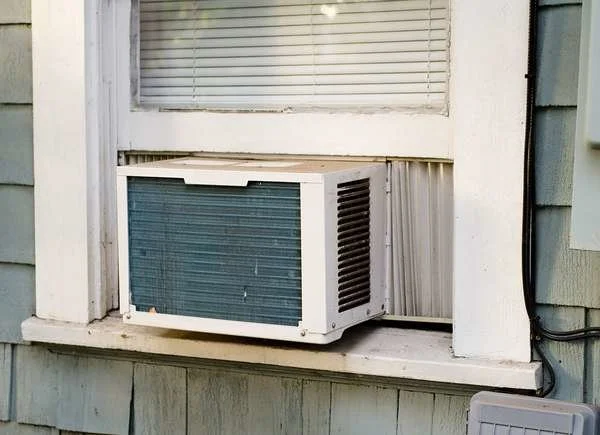
As window air conditioners age, the drainage tube can become clogged or detached, allowing condensation to spill into wall spaces. This can lead to wood stud and sheathing rot without visible indicators, emphasizing the need for regular maintenance.
Conclusion: Safeguarding your home against the silent threat of water damage necessitates consistent vigilance and proactive inspections. Detecting and addressing leaks promptly can prevent extensive structural damage, ensuring your property’s long-term health and stability. Stay vigilant in maintaining your home to avoid costly repairs down the line.
images source : istockphoto









